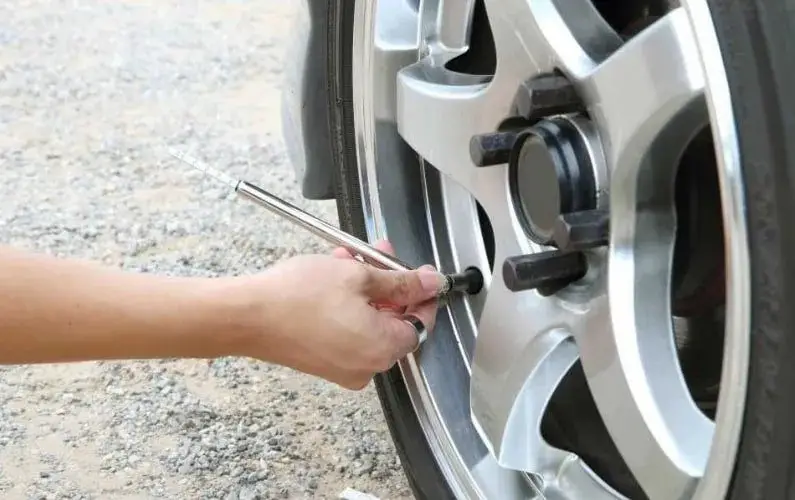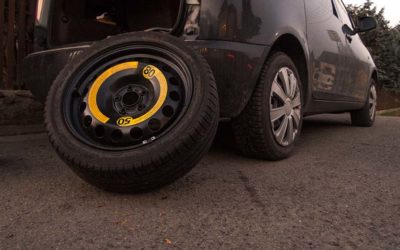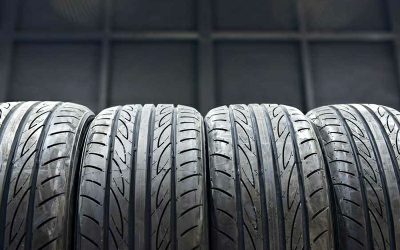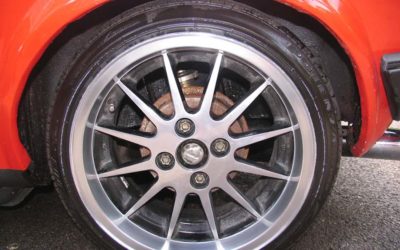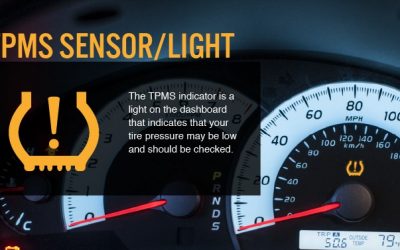Knowing to let the air out of the tire is essential for any driver. Proper tire inflation enhances comfort drives and prolongs tire life. Particularly, it protects you from unnecessary life-threatening situations.
The technique to reduce tire pressure is easy and simple. It won’t take time to get a hold of and practice. Let’s grab this straightforward guideline and fix your tire!
How To Let Air Out Of Tire To The Recommended PSI
Like a bouncing ball, over-inflating tires cause wheel vibrations and risk compromising control, tire wear, and blowouts. Letting the air out of hot tires is the easiest DIY task you can do to keep yourself and your tires from unnecessary threats.
This effortless guide consists of 6 simple steps to release air from the tire, which will not take you more than 10 minutes to practice. Let’s check it now
Step 1: Prepare Tools
Having enough tools is always of the utmost importance to make any repair easier and quicker. Essential tools to deflate the tires are certainly familiar to you. They are included in every driver’s car tool kit. You will use a pressure gauge, a screwdriver or needle-nose plier, and a plastic bag.
Step 2: Locate The Tire Valve
Spotting the valve successfully means that you are halfway to releasing air from tires.
Let your hair down, as the stem of the valve is easy to find. It looks like a short tube that protrudes from the tire. The valve is located between two spokes of the tire and is 1 to 2 inches long. It has a black cap to prevent dust from clogging the valve.
Step 3: Remove Valve Cap
Turn the valve cap counterclockwise to expose the metal pin. After that, you will notice that the raised metallic part of the valve has the pin in the middle.
Don’t forget to put the cap safely into the plastic bag so you won’t need to find it later.
Step 4: Measure Tire Pressure By Tire Pressure Gauges
In this fourth step, you will check the tire pressure by attaching the pressure gauge to the valve stem. Then, compare its readout with the recommended pressure.
The tire pressure information can be found on both the tire sidewall and placard in the door jamb or the vehicle owner’s manual. Sometimes, the correct pressure that we can refer to is noted on the vehicle door edge or driver door frame. The PSI on the tire sidewall indicates the maximum pressure in the case of the total loading capacity.
Step 5: Release The Air By Needle-Nose Pliers Or A Screwdriver
If you are using the auto tire pressure air gauge pen tool, you can utilize it to release the air. If not, grab a screwdriver, a needle-nose plier, or any tool with a thin, rigid head. Use the head or tip of these tools, then press the metal pin down firmly to release the air from the tire.
Pushing hard on the pin leads to the air coming out fastly. So, let’s check tire pressure from time to time to avoid underinflation.
Step 6: Check Tire Pressure Again And Cover The Valve
Now, once it reaches the equilibrium pressure, remove the screwdriver from the pin. Finally, you will twist the cap clockwise to cover the valve and seal the air inside.
How To Release Air Out Of Tires To Fully Deflate Them
Completely deflating the tire is as easy and simple as the method of how to remove air from the tire. The main difference is using a tire pump to release all air.
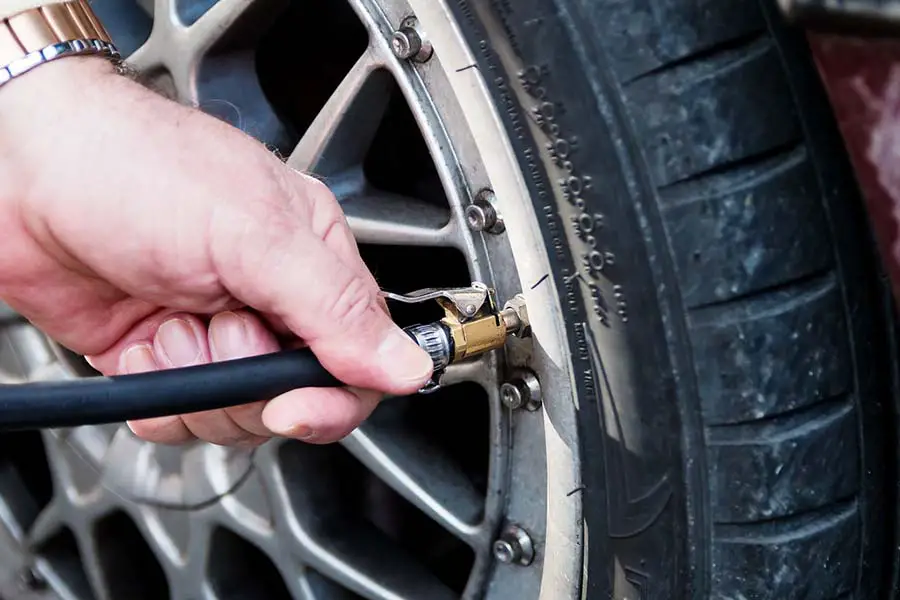
Step 1: Prepare Tools
Let’s prepare the tire pump and a screwdriver before you move to the next step.
Step 2: Loosen The Valve Cap
Instead of rotating the valve cap counterclockwise to remove it completely, you turn the cap to loosen it a bit.
Step 3: Use The Tire Pump
In this step, the tire pump has its moment to measure the tire air pressure. To do that, you put the end of the tire pump onto the valve, then flip the lever on the back side of the tire pump. The tire inflator pump has a digital screen or a gauge for PSI readouts. It will tell you the current pressure.
Step 4: Pull out The Tire Pump
Taking the tire pump out from the valve is the next step before you deflate or release the remaining amount of air. By pulling the pump lever back down at 90 degrees, you have already removed the tire pump out the valve successfully.
Step 5: Press The Valve Head Down
The process of how to let air out of car tires is coming to the final step, in which you press the valve cap down. You will quickly recognize that the flow of air is escaping from the cap once you push it down. Tighten the cap back after the tire is completely deflated.
A quicker way to release all air from the tire at once is to remove the metal pin. Let’s take out the cap and then utilize the needle-nose plier to rotate the pin anticlockwise. After all of the air comes out, screw the pin back.
Tips On Deflate Tire Pressure
Set The Metal Pin And The Cap Aside
The tiny yet important items like the metal pin and valve cap are necessary to put aside in a safe place, which is easy to find later. Misplacing them causes hassles while you can’t reinflate the tire without the pin.
Similarly, losing the valve cap leads to a fast air escape. By the time, dust and grime are stuck into the valve. As a result, it can cause tire leaks.
Checking The Tire Pressure Once It is Cool
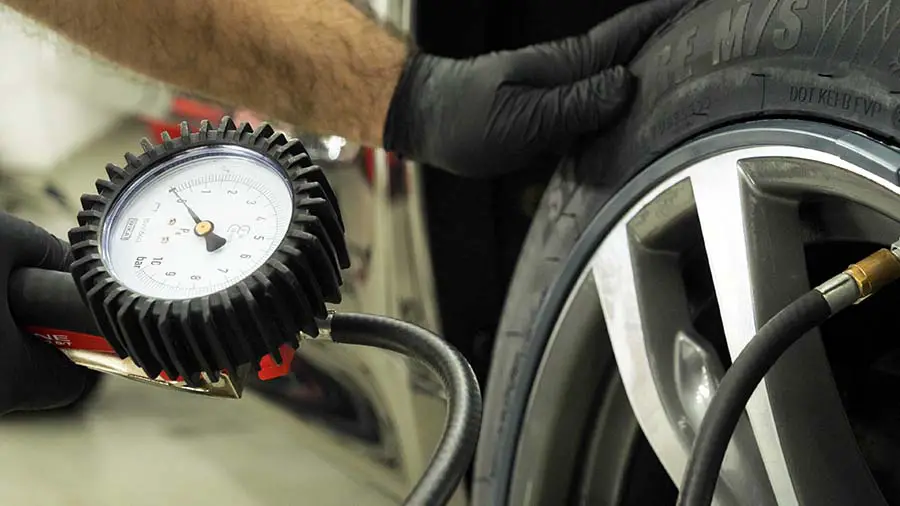
The heat outside and the warm tire make particles inside continue expanding. Due to that fact, the current tire pressure you can measure at the time is wrong. Instead, let the tire cool down for approximately 1 hour before checking the pressure. By doing this, you can get an accurate tire pressure reading.
Don’t Press Too Hard Onto The Pin
Pressing the metal pin down hard helps release the air quickly. At the same time, you should consider that applying too much force can accidentally slip the screwdriver or needle-nose plier. Consequently, it causes damage to the tire or wheel.
Why Do You Need To Let The Air Out?
The Potential Of Blowouts
The phenomenon of molecules expanding inside the tire during the warm season consequently causes an increase in tire pressure. Compressing air at a high pressure poses a risk of a blowout or flat tire. So, inflating the tire to the recommended PSI will shake your mind off worry.
Loss Of Traction And Reduced Braking
Crawling too close to the maximum tire pressure leads to an uncomfortable ride due to the smaller areas of contact between the tire and the road surface. The situation is getting worse and unsafe if you usually ride over rocks, deep sands, gravel, big debris, and small holes.
On the other hand, overinflation also makes the front suspension work harder to deal with common road hazards where over-inflated tires can’t get good traction and balance. So, don’t try to pump the tire beyond the PSI pressure. Just inflate enough air or spend a few minutes releasing the extra air. It protects you from a harsh drive.
Uneven Treadwear
Uneven tread wear is the clearest consequence of driving on a bouncy tire. It shortens the lifespan and decreases fuel efficiency.
Wheel/ Replacement Tires
Knowing how to let the air out of the tire is particularly helpful for you in replacing spare tires or wheels. In that circumstance, it is essential to completely remove air to work on them easily.
Final Thought
We hope this post will give you practical techniques to deal with overinflation. Following this guideline, along with some patience and common tools in hand, you are able to release excessive air. We believe it is the easiest task you certainly can do for optimal performance and put your mind at ease

